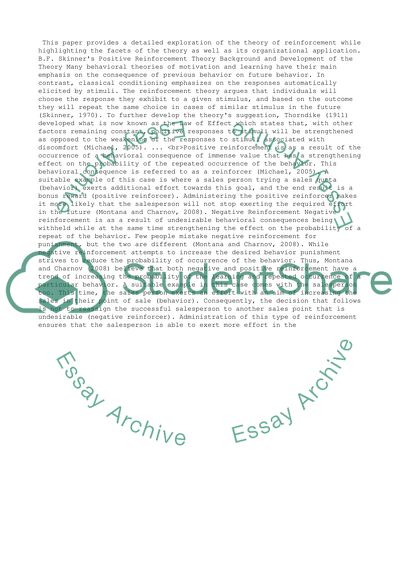Cite this document
(“B.F. Skinners Positive Reinforcement theory Research Paper”, n.d.)
B.F. Skinners Positive Reinforcement theory Research Paper. Retrieved from https://studentshare.org/management/1461866-bf-skinners-positive-reinforcement-theory
B.F. Skinners Positive Reinforcement theory Research Paper. Retrieved from https://studentshare.org/management/1461866-bf-skinners-positive-reinforcement-theory
(B.F. Skinners Positive Reinforcement Theory Research Paper)
B.F. Skinners Positive Reinforcement Theory Research Paper. https://studentshare.org/management/1461866-bf-skinners-positive-reinforcement-theory.
B.F. Skinners Positive Reinforcement Theory Research Paper. https://studentshare.org/management/1461866-bf-skinners-positive-reinforcement-theory.
“B.F. Skinners Positive Reinforcement Theory Research Paper”, n.d. https://studentshare.org/management/1461866-bf-skinners-positive-reinforcement-theory.


